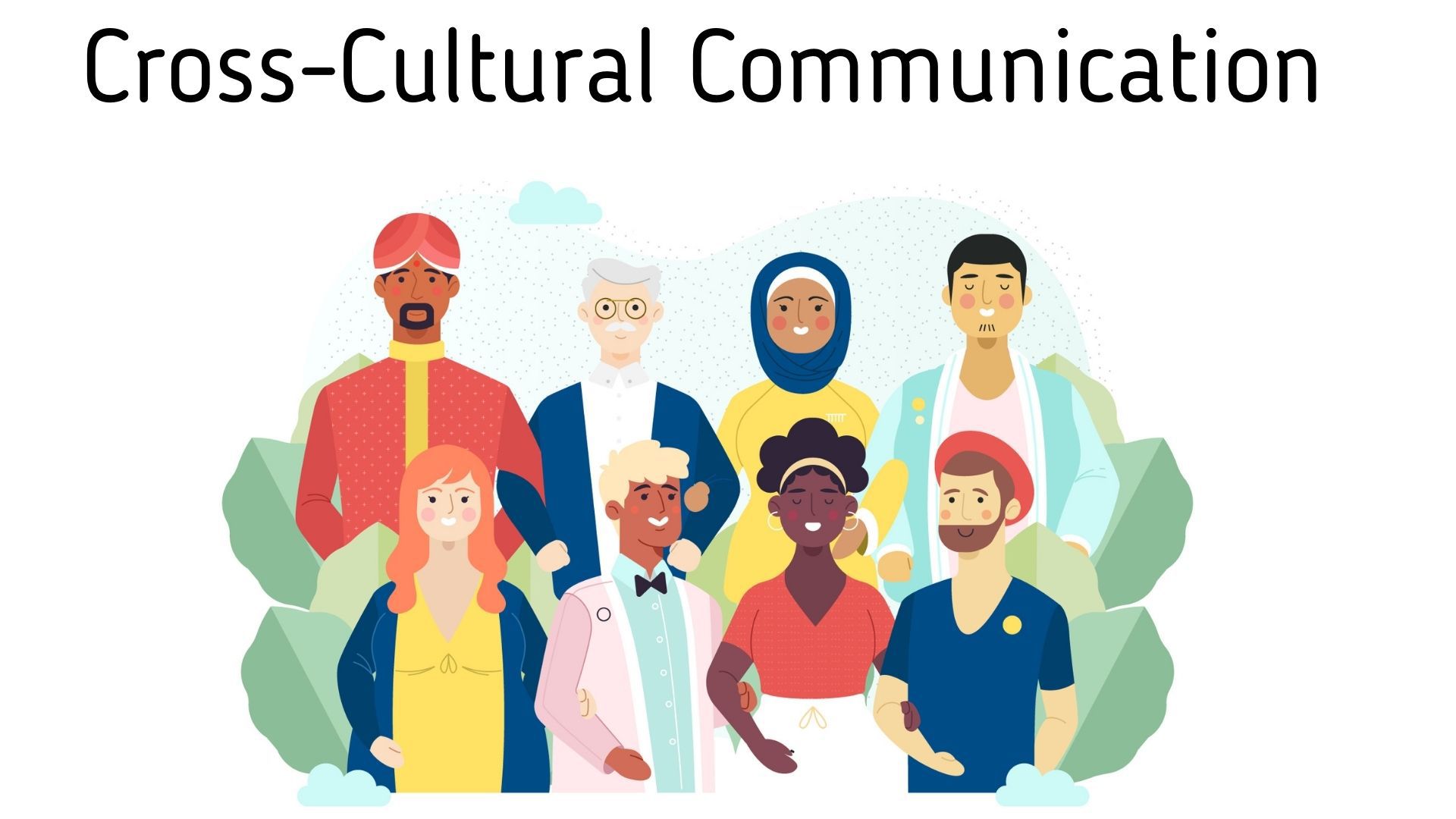Cross-cultural communication is an intricate and multifaceted discipline that holds paramount significance in our increasingly globalized world. As the frequency of intercultural interactions escalates, understanding the nuances that shape these communications has never been more essential. But what happens when a subtle difference in cultural norms leads to a communication breakdown? This query invites further exploration into the complexities of cross-cultural communication.
At its core, cross-cultural communication is the study and practice of how people from varying cultural backgrounds exchange information. Culture shapes our values, beliefs, and behaviors, influencing how we interpret messages and respond to them. A recognized challenge is that what may be deemed acceptable behavior in one culture could be seen as offensive in another. This discrepancy can lead to misinterpretations and miscommunications, hampering relationships in diverse settings.
Understanding the importance of this communication form begins with acknowledging the global landscape. In the realm of business, for instance, executives regularly engage with partners and clients from different countries. A missed handshake or an inappropriate joke can inadvertently jeopardize a lucrative deal. The stakes are high in an interconnected economy where collaboration across borders is often essential for success. This dynamic underscores the need for competence in intercultural communication to foster positive relationships.
There are several key factors that influence cross-cultural communication. One prominent aspect is language. Language barriers are a significant challenge in global exchanges. The subtleties of language—idioms, humor, and colloquialisms—can be easily lost in translation. For example, English speakers may use expressions that are commonplace, yet they might puzzle a non-native speaker. In this instance, individuals must either refine their language skills or find alternative methods to convey their messages effectively.
Non-verbal communication further complicates the landscape. Body language, facial expressions, and even personal space norms vary dramatically across cultures. In some cultures, maintaining direct eye contact signifies honesty and engagement, while in others, it could be construed as disrespect. Learning to interpret these non-verbal cues is imperative for effective cross-cultural exchanges. Furthermore, the concept of time can diverge sharply across cultures. For instance, in many Western cultures, punctuality is regarded as a sign of professionalism. In contrast, other cultures may view time as fluid and prioritize relationships over a rigid adherence to schedules.
Another significant factor involves the values and belief systems inherent to different cultures. These values influence not just communication styles but also decision-making processes. For example, individualistic cultures typically encourage self-expression and personal initiative, whereas collectivist cultures may prioritize group harmony and consensus. Acknowledging these differences can foster greater empathy and cooperation in intercultural interactions.
The realm of cross-cultural communication also necessitates an exploration of the various communication styles categorized as high-context and low-context communication. High-context communication relies heavily on the surrounding context, inferred meanings, and non-verbal cues, typical in cultures like Japan or China. Conversely, low-context communication favors explicit verbal expressions, common in cultures such as the United States and Germany. Misinterpretations can occur when these differing styles collide, resulting in frustration and gaps in understanding.
To enhance cross-cultural communication, several strategies can be implemented. First, developing cultural awareness is vital. Engaging in self-reflection about one’s cultural background can help individuals understand their biases and assumptions. This introspection encourages a more open-minded approach to intercultural encounters.
Engaging in active listening is another productive strategy. This involves not only hearing the words spoken but also paying attention to non-verbal signals and the emotional undertones behind the messages. Active listening fosters trust and respect, enabling smoother communication. Moreover, individuals should seek clarification when uncertain about meanings or interpretations, creating an environment where questions are welcomed rather than stigmatized.
Additionally, embracing cultural diversity can enhance creativity and innovation. Bringing together perspectives from various cultural backgrounds can lead to expansive ideas and solutions that may not have emerged in a homogenous environment. Companies that prioritize diversity in their teams often experience improved problem-solving abilities and enhanced productivity.
Furthermore, investing in training programs focused on cross-cultural communication can yield significant dividends. These programs can equip individuals with the tools needed to navigate cultural nuances with competence. Understanding the historical, social, and political contexts that shape various cultures can deepen one’s appreciation and respect, fostering smoother interactions.
In conclusion, cross-cultural communication is more than just a necessary skill in a globalized society; it is an art form that requires practice, understanding, and commitment. While the challenges are veritable, the benefits of mastering this intricate discipline are profound. An adept communicator can build bridges where misunderstandings may exist, connect communities, and facilitate cooperation in a world characterized by diversity. So, the next time you engage in a conversation with someone from a different cultural background, consider the nuances at play. Are you ready to embrace this challenge and enhance your communication skills?
